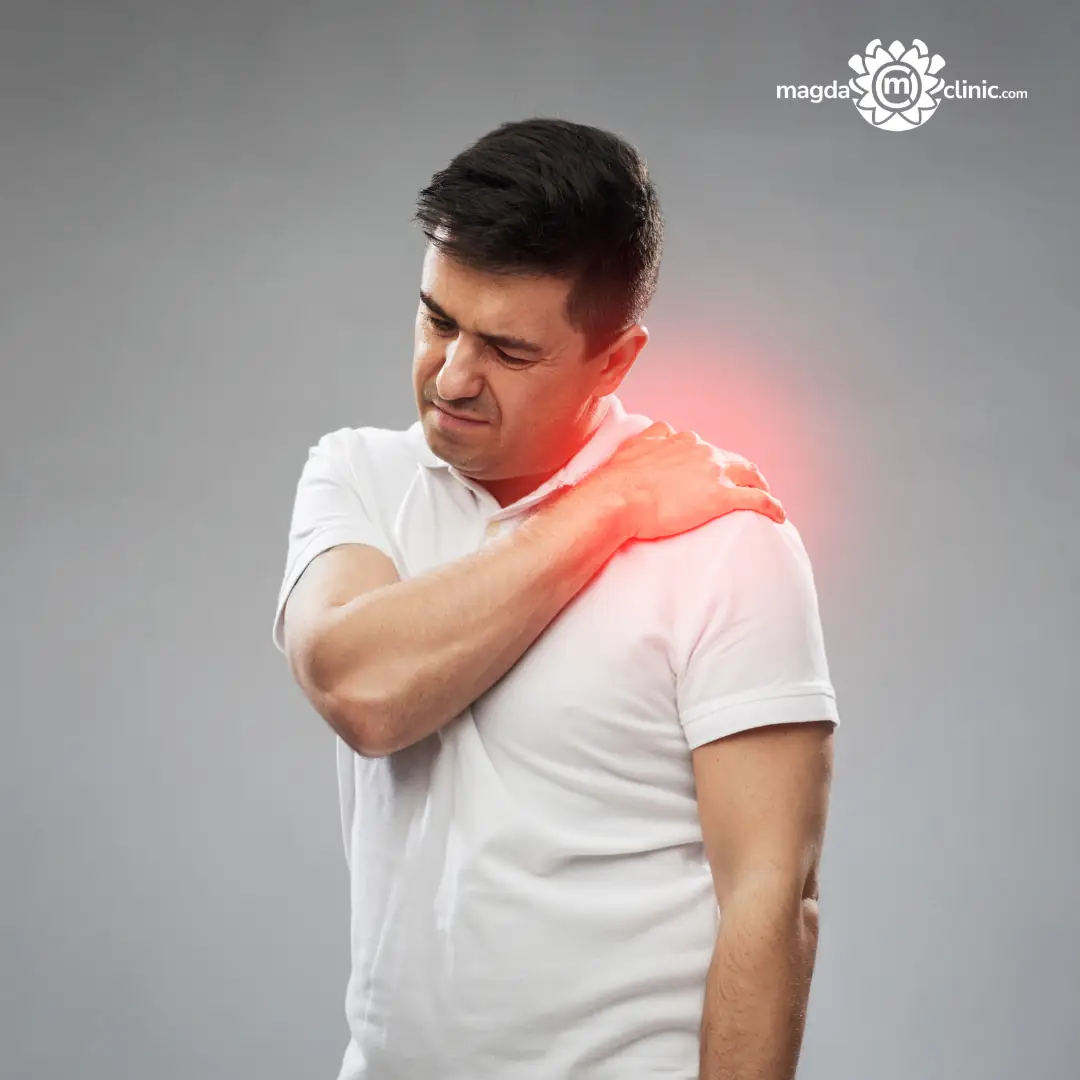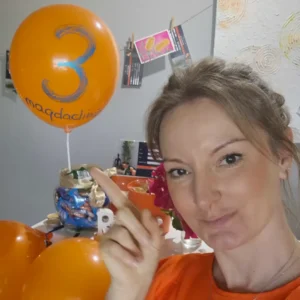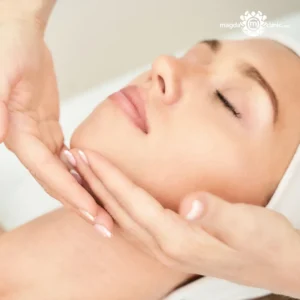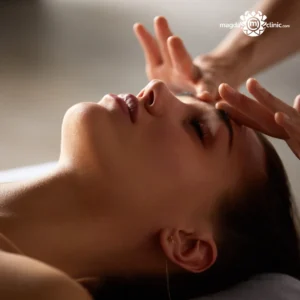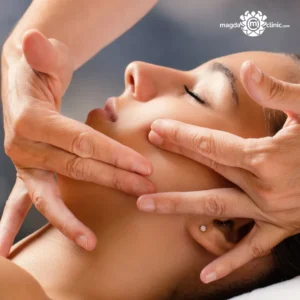Introduction to Shoulder Knots
What Are Shoulder Knots?
Shoulder knots. If you’ve ever had one, you know exactly how annoying they can be. They feel like little lumps or tight bands in your muscles, especially around the upper back and shoulder blades. These “knots” are actually spots where muscle fibres have tightened up and failed to relax. The technical term? Myofascial trigger points. But honestly, most of us just call them knots because that’s what they feel like — hard, painful knots in our muscles.
What makes these shoulder knots extra frustrating is how stubborn they can be. You stretch, you roll, you try a hot shower or a quick massage, and maybe you get temporary relief — but they often come right back. They mess with your sleep, limit your movement, and can even lead to headaches if left untreated.
That’s why treatments like trigger-point therapy and remedial massage have become so popular in places like Townsville. People want real solutions. Not just a quick fix, but something that actually works and keeps the knots away longer. And that’s what we’re diving into — figuring out which one of these two therapies can beat shoulder knots faster and more effectively.
Common Causes of Shoulder Knots
Before we compare treatments, let’s talk about how these pesky knots form in the first place. There isn’t just one reason. In fact, there are a bunch of everyday habits and lifestyle factors that cause muscle tightness and trigger points.
Here are the top culprits:
- Poor posture: Sitting hunched over a desk, slouching while scrolling on your phone, or driving with your shoulders shrugged up — all these can overload your shoulder muscles.
- Stress: Mental tension often leads to physical tension. People under pressure tend to clench their shoulders without even noticing.
- Overuse or repetitive motion: Whether it’s from lifting weights, swimming, or doing the same movement over and over at work, muscles get tired and tighten up.
- Lack of movement: On the flip side, being too sedentary causes stiffness. Muscles like regular movement to stay healthy.
- Old injuries: Even if you recovered from a shoulder or neck injury, muscle compensation patterns can still lead to knot formation.
In Townsville, where people are often active outdoors or working physically demanding jobs, shoulder knots are especially common. Knowing what causes them is the first step in choosing the right way to fix them.
Understanding Trigger-Point Therapy
What Is Trigger-Point Therapy?
Trigger-point therapy is exactly what it sounds like — a hands-on technique that focuses on relieving tight points (a.k.a. knots) in the muscle tissue. Instead of just rubbing the surface, it goes deep into the specific area where the muscle has contracted and won’t release.
Unlike general massages that cover wide areas for relaxation, trigger-point therapy zooms in like a laser. It’s about finding that exact point that’s causing pain — even if the pain is spreading to other areas — and applying firm, steady pressure until the knot lets go.
The method often includes:
- Direct pressure using thumbs, fingers, or elbows
- Releasing techniques combined with breathing
- Slow, deep strokes around the trigger point
If you’ve ever had a therapist find a tender spot and press on it until it hurts in a “good way,” you’ve probably had a trigger-point treatment without even knowing it.
How It Works to Target Shoulder Knots
Trigger-point therapy works by breaking the cycle of muscle spasm, inflammation, and pain. Here’s what’s happening under the surface:
- Ischemia: When a muscle knot forms, blood flow gets restricted.
- Oxygen starved: That area doesn’t get enough oxygen, so it stays tight.
- Pain signals: Your brain gets pain messages from that spot — and sometimes from nearby areas.
- Release: Trigger-point therapy restores blood flow and lets the muscle relax, reducing pain.
It might not feel super relaxing in the moment — especially if the pressure is intense — but the relief afterwards can be dramatic. Some people feel better immediately after the session, others notice improvements over the next 24–48 hours.
Benefits of Trigger-Point Therapy
So, why do so many people swear by trigger-point therapy for shoulder pain?
Here’s a quick list of benefits:
- Fast pain relief: Direct targeting means quicker results than broad massage techniques.
- Improved range of motion: Releasing knots lets your muscles move freely again.
- Better posture: With the tight spots gone, your shoulders naturally drop and align better.
- Fewer headaches: Some shoulder knots refer pain to the head, and releasing them can stop tension headaches.
- Longer-lasting results: Unlike quick fixes, trigger-point therapy addresses the root of the problem.
Getting to Know Remedial Massage
What Is Remedial Massage?
Remedial massage is like the “all-rounder” of massage therapies. It’s not just for relaxation — though it feels amazing — it’s designed to actually repair damaged or tight muscles. It uses various hands-on techniques to locate muscle tension, release knots, and boost circulation so your body can heal naturally.
What sets remedial massage apart is how it’s tailored to the person. The therapist doesn’t just go through a set routine. They assess your movement, feel for tightness, and adjust the treatment to your specific needs.
It combines:
- Deep tissue work
- Trigger point techniques
- Stretching and joint mobilisation
- Lymphatic drainage (when needed)
In Townsville, where people often deal with sports injuries, physical labour strain, or stress from long office hours, remedial massage is a go-to choice. At my Magda Clinic, many people book remedial sessions for shoulder knots and leave with looser muscles, improved posture, and a serious sense of relief.
Techniques Used in Remedial Massage
Remedial massage isn’t just one technique. It’s more like a toolbox, and the therapist pulls out the right tools for each case. Here are some of the common techniques used:
- Effleurage: Gentle strokes to warm up the tissue and relax you
- Petrissage: Kneading motions to work deep into the muscle
- Friction: Small, deep circular motions to break down scar tissue and tight fibres
- Compression: Pressing down firmly on tight areas to increase circulation
- Trigger point release: Just like the technique above, but used as part of a broader remedial session
What makes these techniques effective is how they’re combined. For instance, a remedial therapist may warm up the area first, then apply deep pressure to specific knots, and finish with some stretches to improve mobility.
Benefits of Remedial Massage in Townsville
Why is remedial massage so popular in Townsville? Simple — it works, and it feels good too.
Here’s what people love about it:
- Relieves shoulder knots and tension without too much pain
- Boosts circulation for better muscle recovery
- Reduces inflammation and swelling in sore spots
- Supports injury recovery by speeding up the healing process
- Improves posture and flexibility over time
- Feels deeply relaxing while still being therapeutic
Best of all, remedial massage doesn’t just treat the pain — it looks at the cause. Whether it’s a desk job or a sports injury, your therapist will try to address the why behind your tight shoulders.
At Magda Clinic, clients get customised sessions that tackle their exact issues. And that’s the key difference — it’s not one-size-fits-all. It’s about treating you, not just the knot.

